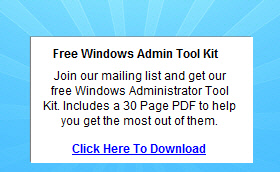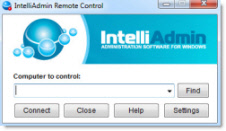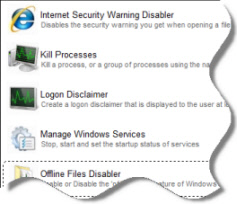What kind of havoc does circular group nesting wreak?
The only thing I can see that it obviously does do is cause infinite loops in scripts that implicitly assume groups are not nested inappropriately.
It does not appear to interfere with the intended NTFS permissions derived from group membership, and the code that builds the session security token at logon does not suffer an infinite loop.
It does not appear to cause users in loopily nested distribution lists to get an infinite number of copies of messages send to either list.
One positive, but perhaps not earth-shattering thing it does do is...
Suppose you had two distribution lists representing, say: "first floor IT staff" and "second floor IT staff". Then let us further suppose that your company moved to another location where they occupied only the first floor. You could move the members of
the second floor group into the first floor group and delete the second. Then you would have to tell everyone to use on the the first floor group. And deal with support calls when they continued using the second floor group, perhaps by replying to an old message.
The other solution is to make each list a member of the other. Then your users could continue using whichever list they were familiar with.
So my question to Richard is: what actual problems does circular nesting cause?


